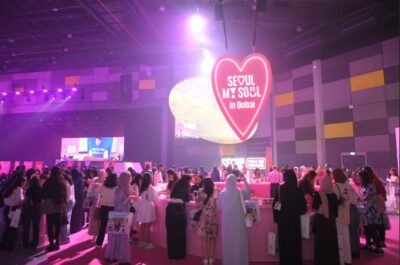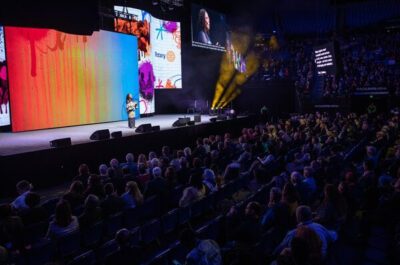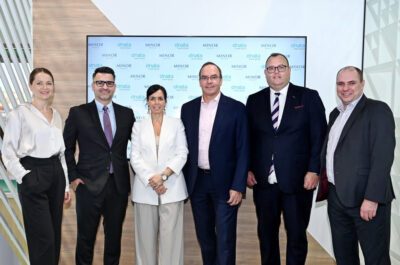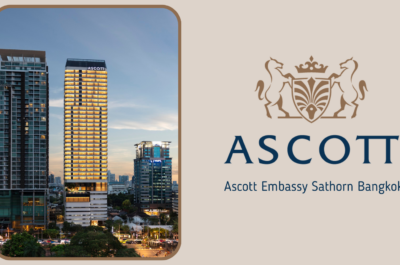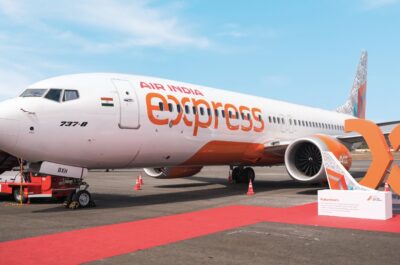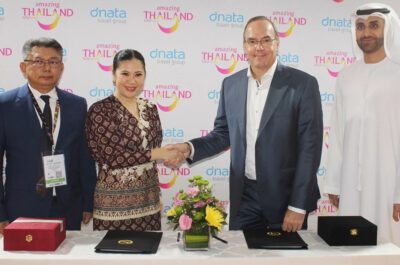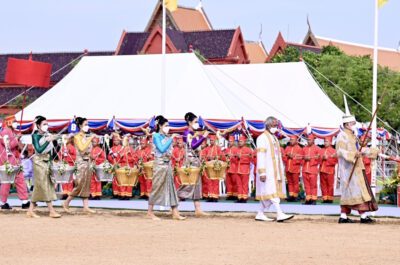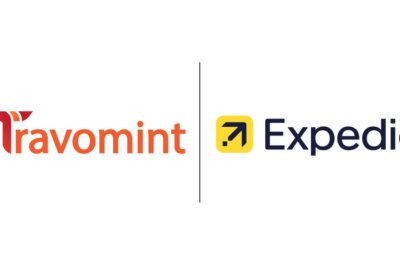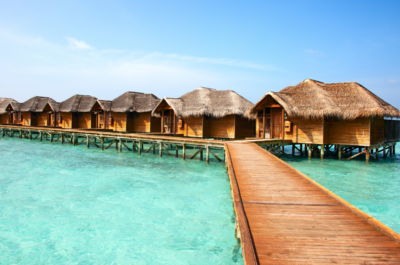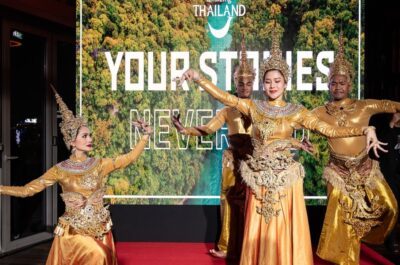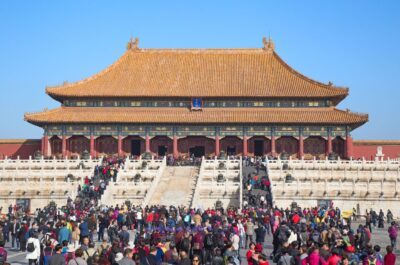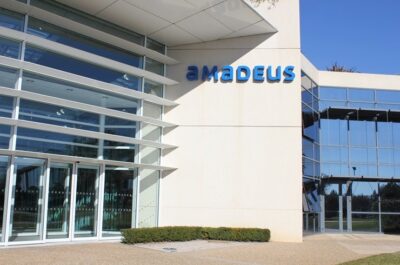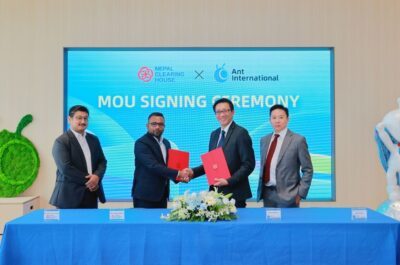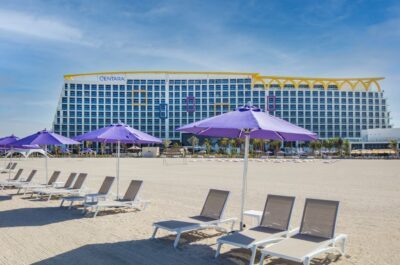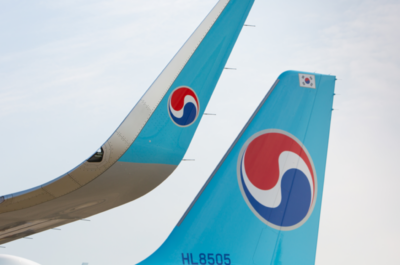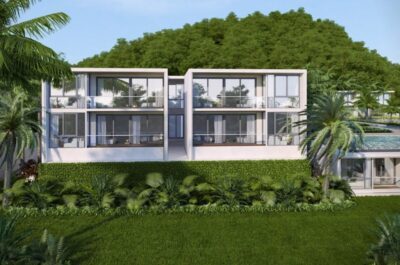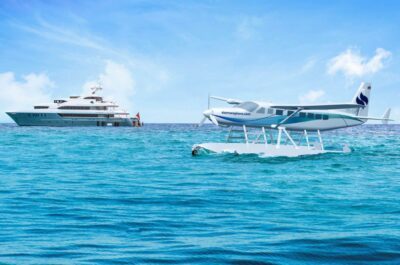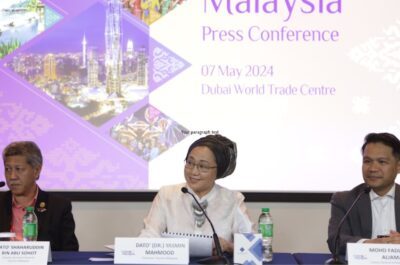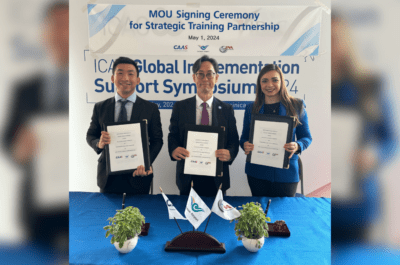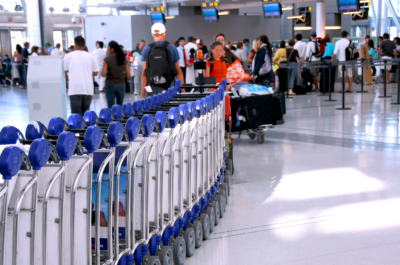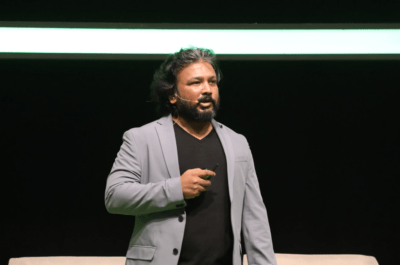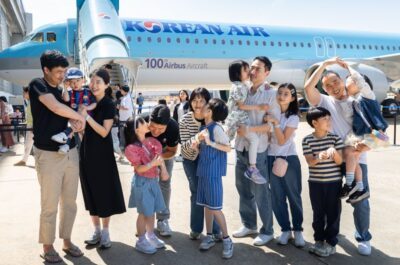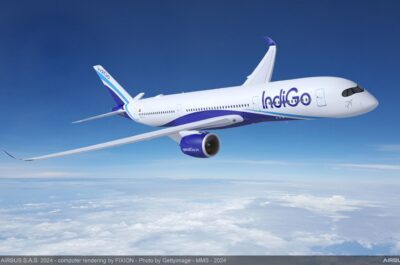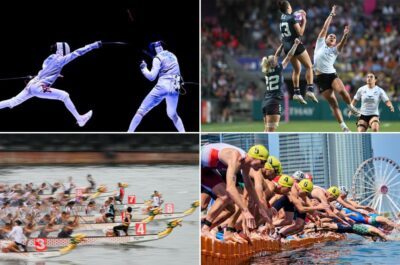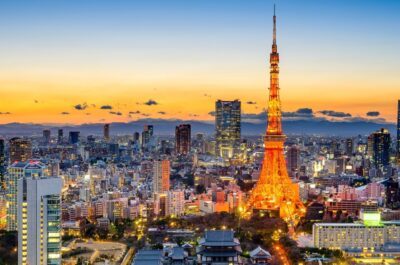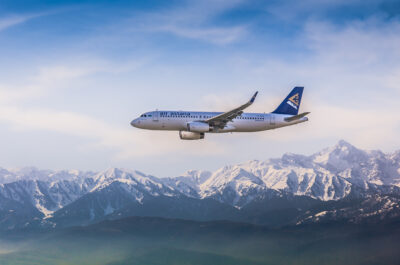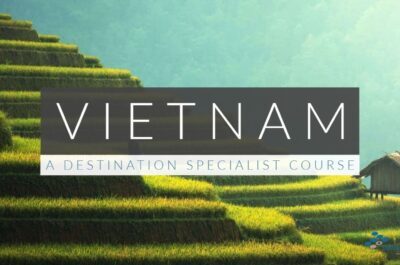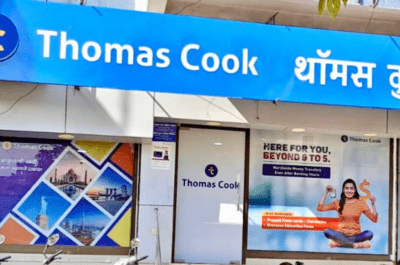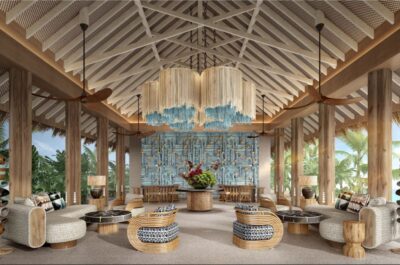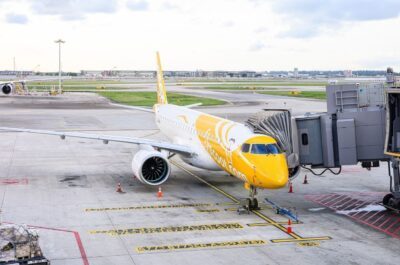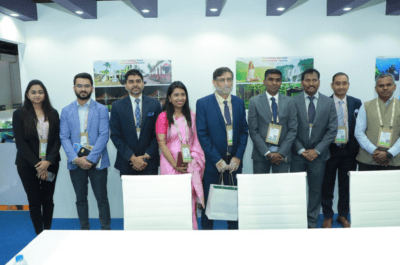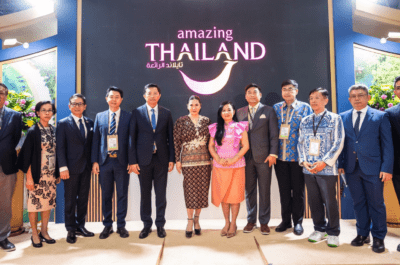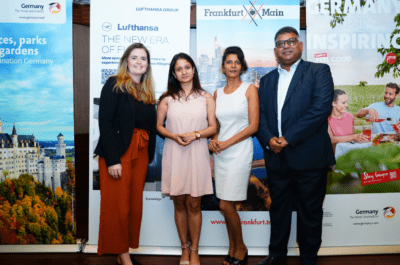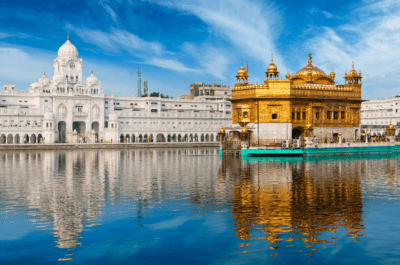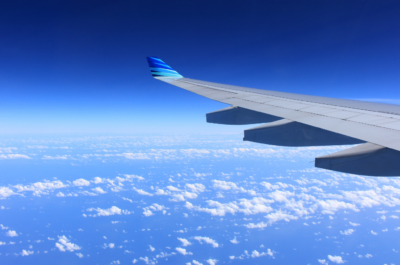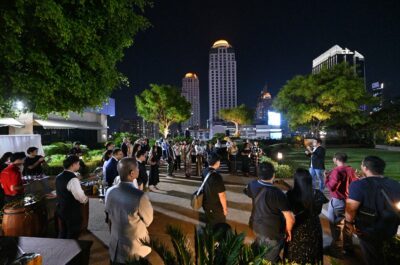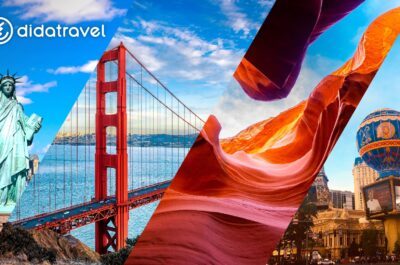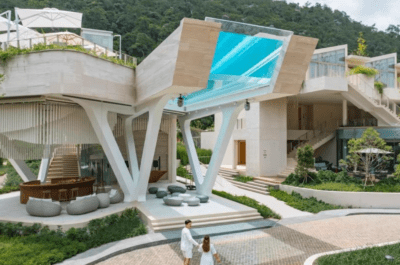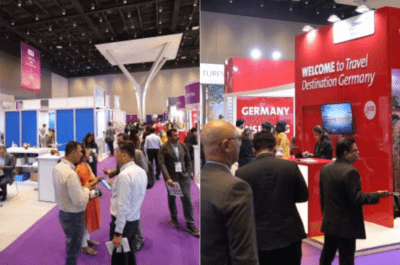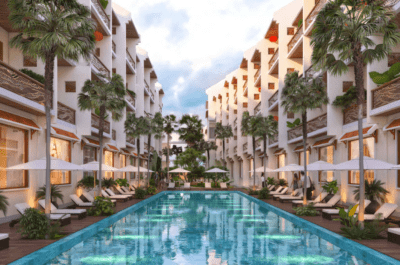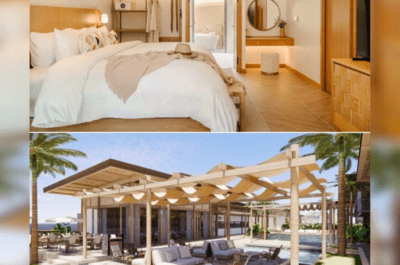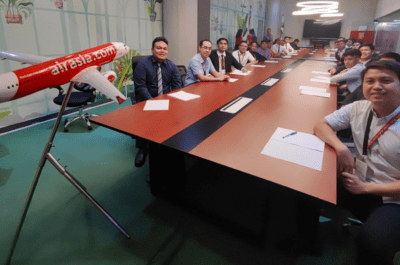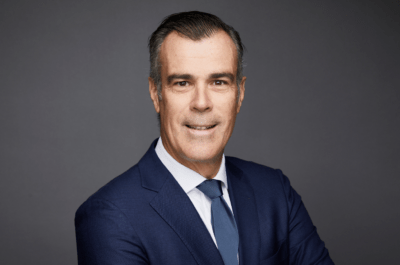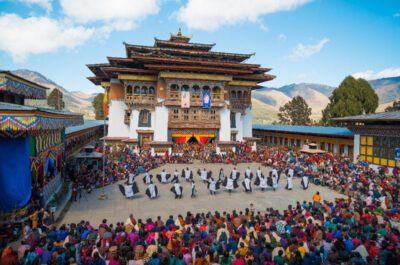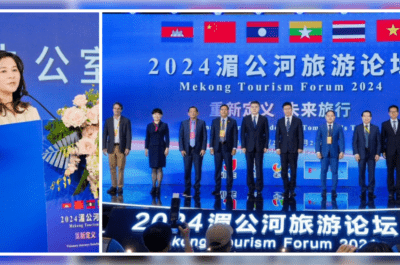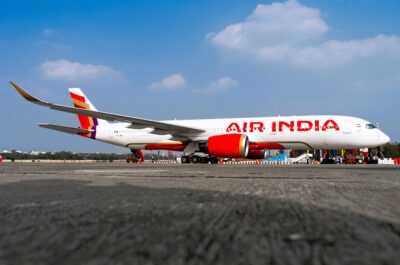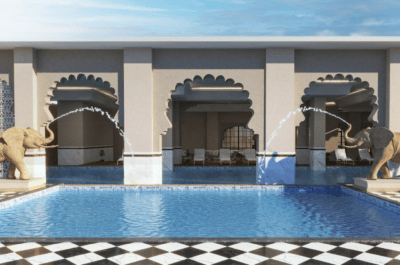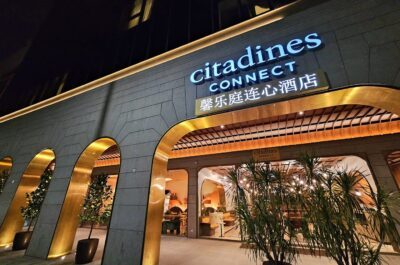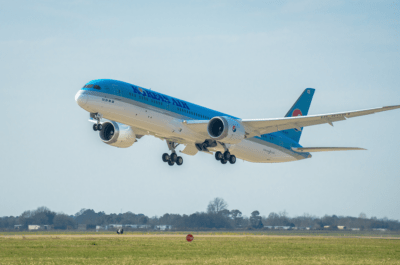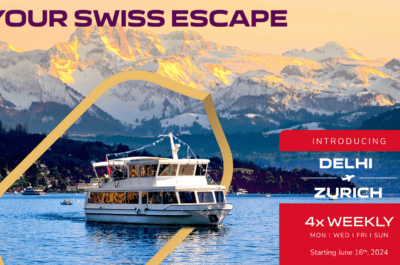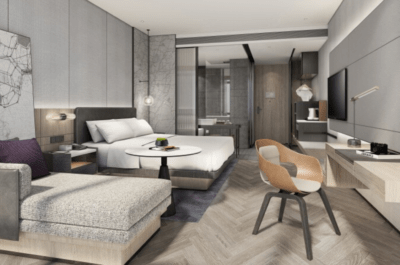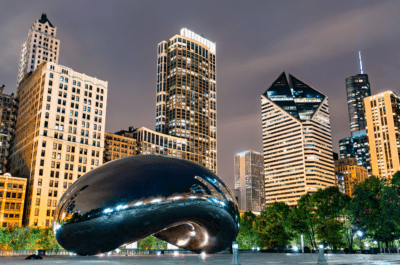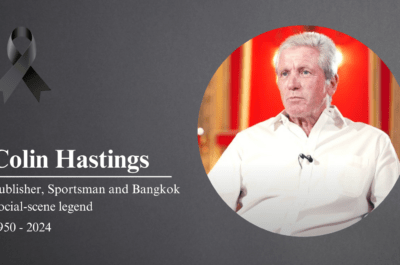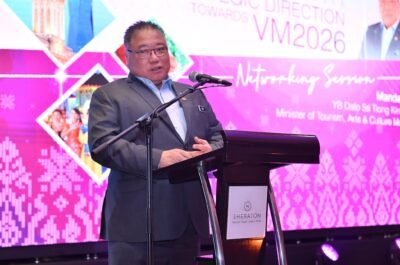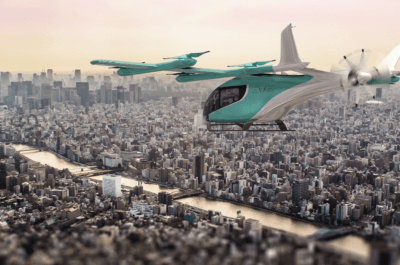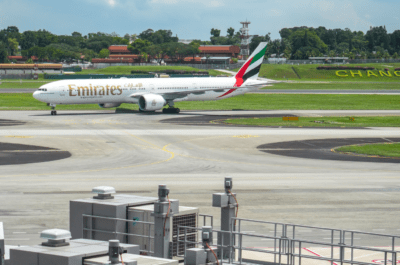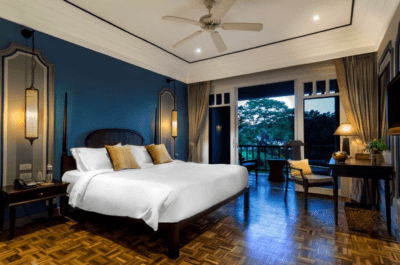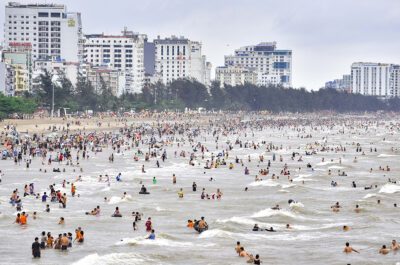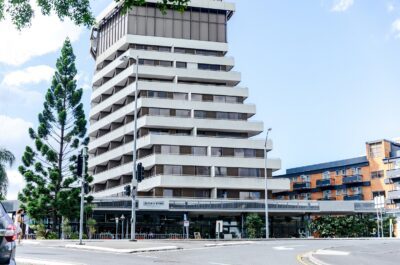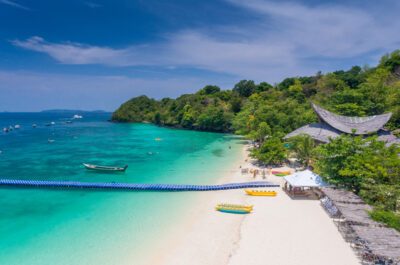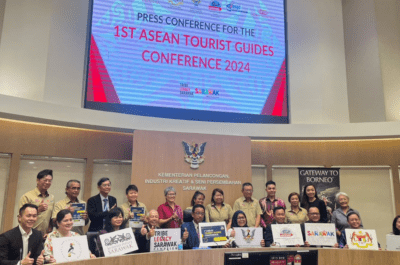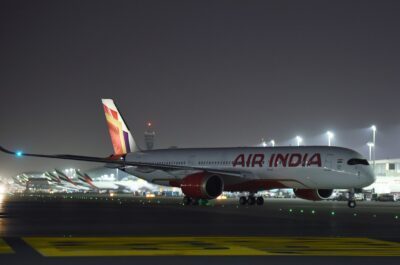…
 After decades relying on oil and gas, the Arab Gulf countries of Kuwait, Qatar, Bahrain,
After decades relying on oil and gas, the Arab Gulf countries of Kuwait, Qatar, Bahrain,
United Arab Emirates (UAE) and Saudi Arabia are preparing for the post-oil era. The economic model they have charted is patterned along the lines of Singapore, which, having few natural resources, created an economy based on services and tourism. Meanwhile, billions of dollars worth of investments in Europe and North America are returning to the Middle East, after coming under what Arab investors consider to be unwarranted scrutiny during the `war on terror`. Estimates are in the vicinity of US$900 billion.
BULLISH DUBAI
The UAE, probably the least oil-rich of the Gulf countries, took the lead in the late 1980s and is
aiming to become the regional hub for trade, tourism and technology. Qatar is following
suit while Kuwait, Bahrain and Saudi Arabia are also seeking a piece of the action.
Over the next few years, UAE`s airline, airport, hotels, amusement parks, shopping centres and
other mega-projects are set to make a spectacular impact on the world stage. Here is just a shortlist:
Dubailand: Planned in an area almost as large as the present built-up area of Dubai, the
US$5 billion Dubailand theme park is one of the biggest construction projects in the world. The
park will comprise 45 projects, including: a space exploration exhibition; a full-size dinosaur enclosure; the world`s biggest shopping mall; several five-star hotels, with one built in sand dunes; a complex of sports stadia; an artificial rain forest under an enormous glass dome; a ski slope with artificial snow; an equestrian centre; aviation display; art gallery; water park; multicultural garden complex; the largest zoo in the Middle East; and pyramids.
Hydropolis: This is to be the world`s first underwater hotel, with about 220 rooms,
underwater views, a half-submerged concert hall and snorkelling. Guests will get to the hotel by
way of a train travelling through a 500-metre Plexiglas tube. Living with fish won`t come cheap, however, as rooms will cost up to US$5,500 a night. Mr. Joachim Hauser, the German architect and investor, is behind the project. The hotel will resemble a giant submarine anchored in the Gulf. Work on the US$500 million facility is due to finish in 2006.
Burj Dubai: The world`s tallest tower will combine residential, commercial, hotel, entertainment and leisure outlets with open green spaces, water features, pedestrian boulevards, an `old town` and an enormous shopping mall. Scheduled for completion by 2007, it promises to
create a city within the city of Dubai.
The Palm: Two of the world`s largest man-made islands (500 hectares each), constructed in
the shape of date palms, are estimated to cost US$650 million. The Palm will include more than 1,000 apartments and hotels, 80 boutique hotels, and beach resorts offering nearly 2,000 rooms.
The Golden Mile will include a US$300 million shopping and residential complex, with 780 luxury apartments and 220 boutique shops and restaurants. The first island has already been reclaimed from the sea and is due to be completed in 2005.
The World: This US$1.8 billion project about five kilometres offshore Dubai will be a cluster of 200 artificial islands shaped like countries of the world. Each island will be themed according to its respective country. The World will be 5.5 km in length and width and will cover 5.6 million sqm, including 900,000 sqm of beach. The islands are being sold to private developers.Completion is forecast for 2008.
Dubai Festival City: Claimed to be the Middle East`s largest, privately funded, mixed-use real estate project, the city will be built on 6.5 sq km on the banks of Dubai Creek. It will
comprise 15 zones of entertainment, shopping, edutainment, sport and leisure, hotels, residential and office, plus a golf course and a large dining and entertainment centre set on a waterfront marina.
Dubai Marina: This residential community of 80,000 to 100,000 people will cost more than US$4 billion and will comprise three high-rise towers. Phase One consists of 1,026 deluxe waterfront apartments, 64 luxury villas and up to 40 retail outlets. The Marina will consist of a 3.5-km waterway and an 11-km waterfront, providing a boating lifestyle and offering water-taxis, sunset cruises and dinner cruises.
Dubai Silicon Oasis: This US$1.7 billion project is planned as a world-class technology park providing a base for microelectronic- and optoelectronic-related enterprises. The 600-hectare site will be developed as the world`s only purpose-built industrial park for the semiconductor industry.
Dubai Healthcare City: This US$1.8 billion project will accommodate outpatient and in-patient clinics, diagnostic centres, laboratories and offices. A university hospital, medical college, nursing school and a centre for life sciences research will also be provided for.World-renowned medical institutions are partnership targets.
Knowledge Village: To host education and training institutions, from on-campus facilities to independent trainers, Knowledge Village offers an environment in which universities and knowledge companies in a range of fields might work together in research and innovation. It plans to host at least one renowned university from each continent.
Light Rail Transport: The US$3.9 billion Light Rail Transport (LRT) system is aimed at
meeting UAE`s future transportation needs. The environment-friendly, noise-free LRT system is to
be ready by 2010, and will carry an estimated 88 million passengers per year.
And That`s Not All: Other infrastructure projects already developed or underway in Dubai include Dubai Internet City, Dubai Media City and Dubai International Financial Centre. A brand new convention and exhibition centre opened in 2003 in time for the annual meetings of the International Monetary Fund and World Bank. A 3,300-sqm cruise terminal opened in March 2001, with the capacity to berth two ships simultaneously.
Emirates Airlines
To feed these projects, accessibility is crucial. Emirates Airlines is on an aggressive fleet and route expansion plan. In 2003/3004, its fleet expanded by 15 aircraft to 67 in total as of May 2004. These craft serve 76 destinations in 53 countries. With 90 aircraft in the pipeline, the airline expects to add at least one aircraft per month for the rest of this decade, and is on course for a fleet of more than 130 aircraft by 2012.
Emirates claims to be the world`s fastest growing intercontinental airline and Asia Pacific destinations are in its sights. In April, Emirates started non-stop services to Shanghai and boosted frequencies to Manila and Osaka. From June 10, the airline was to start flying to Christchurch, New Zealand. It first flew to Auckland in August 2003. New non-stop Dubai-Melbourne services are also to start on June 10, initially as a thrice-weekly service, doubling to a six-weekly service by August 1. From November 2004, Emirates will have doubled services four days a week between Dubai and Sydney, with plans for twice-daily flights every day within a year.
Dubai Airport
UAE has an open-sky policy, so airlines are boosting their services to Dubai. In 2003, a total of 18 million passengers passed through Dubai airport, 13% more than the year before. A recent US$540 million expansion has given the airport a capacity of 22 million passengers annually. However, 60 million passengers are expected to pass through by 2010, which is why the second phase of expansion, costing US$4.1 billion, began in 2002. This will be complete by 2006.
AKBAR`S QATAR
A 45-minute flight to the west of Dubai is the emirate of Qatar, which has one of the world`s largest reserves of natural gas, and which is also embarking upon a steep travel and tourism
growth trajectory. Both the national tourism development company and the national airline of Qatar are headed by the same man, Mr. Akbar Al Baker.
At the World Travel and Tourism Council summit in May 2004, Mr. Al Baker unveiled a US$15 billion tourism master plan designed to make Qatar a world-leading high-quality tourist estination. He said the plan is aimed at the high-end
tourist market and will offer beach resorts, sun, desert landscapes, an Arabic cultural heritage, luxury hotels, conference facilities and major international sporting events – all in a very safe environment.
He said the plan represents one of the largest investments in tourism in the Gulf region and will help more than double tourism growth from roughly 400,000 annual visitors to in excess of one million by 2010.
Akbar`s Plan
Hotels and Resorts: Eight four- and five-star hotels with 2,550 rooms are planned, including: a Four Seasons (235 rooms), by late 2004; the Pearl Island hotels (900+ rooms), by late 2005; the Marriott Courtyard (200 rooms), by mid 2006; Marriott Apartments (120 units), by mid-2006; the Renaissance Hotel (250 rooms), by mid-2006; the Shangri-la (250 rooms), by mid-2006; the Hilton (320 rooms), by mid-2006; and the Rotana (277 rooms), by mid-2006. In 2005, construction is to begin on the Al Fareej Resort, which is a family-orientated resort village with Arabian-style chalets 40 km north of Doha. Construction of the Al Mafjar Resort, a luxury resort built around a natural breakwater and lagoon, will also commence in 2005.
North Beach: The 32-sq km North Beach Development, comprising 10 resort hotels, two golf courses, 3,000 lifestyle villas, 12,000 apartments, 300,000 sqm of retail space and 6 million sqm of commercial space, will begin in early 2005.
Pearl Island: This four-sq km island to open in September 2006 will offer 7,600 residential units, three luxury hotels with more than 900 rooms, four marinas with space for more than 700 boats, and a variety of community and entertainment areas.
Art, Heritage and Culture: Opening 2006, the Museum of Islamic Arts will showcase some of the best Islamic Art and feature a study, a library, galleries, gardens and a restaurant. A
landmark National Library, to open on Doha`s foreshore Corniche in 2006, will contain a natural museum, art galleries, conference and lecture halls, cafeterias and restaurants. The 11,000-sqm Photography Museum to open in 2007, also on the Corniche, will offer workshops, a conference hall, cafeteria, restaurant and shop as well as a range of galleries. The redeveloped Qatar National Museum, showcasing the country`s cultural history and heritage, will open in 2006. There are also plans to conserve and promote Qatar`s historic forts and organise an annual festival of cultural events.
Sport: Development and redevelopment of sporting facilities in Qatar are intended to
position the emirate as a major centre for international sports. The country will host the Asian Games in 2006, in addition to the major annual events that it already hosts, such as the Qatar Masters Golf, the Qatar Tennis Open and the Qatar Airways Squash Challenge.
Conferencing: New conference facilities are planned that will complement the extensive facilities that hosted the World Trade Organization ministerial summit in 2001.
Qatar Airways
The national carrier, Qatar Airways, must play a major role in feeding these new projects
and contribute to making Doha a hub of international aviation. The airline has signed a US$5.1 billion deal with Airbus for 34 aircraft, which will give it a fleet of 52 by the end of 2008.
Another US$1.2 billion deal has been signed for two A380 `super jumbos` to be delivered in 2009,
with the option to buy another two.
The airline has added 48 destinations in just a few years, with Singapore, Shanghai, Vienna, Tripoli and Cebu added in 2003 alone. Islamabad came on stream in March 2004. The airline also has 28 weekly services to India, flying daily to Kochi, Mumbai, Hyderabad and Trivandrum. This year, the airline plans to add Tehran (four-times weekly, from June 16), Luxor (four-times weekly, from June 22), Istanbul (three-times weekly, from June 30), Zurich (four-times weekly, from July 8), Kabul (three-times weekly, from November 11) and Osaka (four-times weekly, from December 8).
Melbourne is to be its first destination in Australia, with thrice-weekly services starting in late 2004. The plan is to service 70 destinations by 2005.
Doha Airport
To support the airline`s growth, a new US$5 billion Doha International Airport will open in 2008. By 2015, when it is fully developed, it will have an annual capacity of 50 million passengers.
IMPLICATIONS FOR ASIA PACIFIC
The massive tourism-related investments in UAE and Qatar offer both opportunities and challenges to the Asia Pacific travel industry:
Jobs: Dubai`s population is expected to reach three million by 2020, with the local population comprising no more than 15-20%. The vast majority of jobs created by these projects will be for expatriates. In addition to the short-term construction jobs, the long-term rank and
file requirements will be for hundreds of drivers, waiters, porters, house-keepers, et cetera, nearly all of whom today are Indians, Filipinos, Nepalese, Pakistanis, Sri Lankans and
Bangladeshis, largely because of their English-speaking abilities. Middle and senior management jobs will open up for Asia Pacific executives, and the lure of tax-free salaries will be attractive.
Business: Middle East projects will create opportunities for suppliers of goods and services, from interior design and technology to food and soap. This will trigger more business and MICE travel between the two regions. In addition, competition among airport hubs will create opportunities for sellers of duty-free products.
Airports and Airlines: Due to their small domestic populations, airlines in the Gulf are
focusing on transit traffic, much as Singapore, Hong Kong SAR and Bangkok did in the 1980s and 1990s. Therefore, Asia Pacific airlines and airports can expect tough competition. Pricing competition, in terms of air fares, fuel costs and landing charges, will play a critical role. The Kangaroo route, for example, that saw furious competition between Singapore, Bangkok and Hong Kong SAR on the Australia-Europe sector, now no longer requires stopovers in Asia; hubs in the Gulf work just as well, particularly when the fuel is tax-free.
As airlines in the Gulf expand their route networks in Asia Pacific, they will be able to carry through-traffic all around the globe, including to and from North America. At the moment, none are members of any major airline alliance but as and when that happens, the appeal of travelling via a Gulf hub will increase.
Inbound/Outbound Traffic Flows: In addition to well-heeled Arab travellers, the vast number of middle-class expatriates who will live and work in the Gulf will become holiday-makers in their own right, especially during the hot summer months. Destinations in Asia Pacific will become hugely popular, which will help top-up the `low-season`.
PATA destinations can also expect more inbound traffic from the many cities in Africa, the Middle East and Commonwealth of Independent States that are not serviced by Asia Pacific airlines. For example, not one Southeast Asian airline currently operates to Moscow, yet both Qatar Airways and Emirates Airlines do.
However, Asia Pacific destinations can expect more competition for the winter-season beach-goer
from Europe and other traditional northern hemisphere markets. The beaches in the Gulf are clean and pristine, uncluttered by litter and free of food vendors, trinket hawkers and masseuses. And while Asia Pacific today boasts world-class travel and tourism products and infrastructure, they could soon be dwarfed by those in the Gulf.
TOWARDS TOTAL TOURISM
The growth of the Gulf countries as destinations and aviation hubs will be good for the Asia Pacific region and will almost certainly boost inter-regional travel. Not only will the Gulf
countries generate outbound travel, but the competition they will pose as destinations will force Asia Pacific destinations to liberalise their aviation regimes and improve the quality of their products and services. Over the long term, that can only be good for the industry at large.
TravelDailyNews Asia-Pacific editorial team has an experience of over 35 years in B2B travel journalism as well as in tourism & hospitality marketing and communications.

